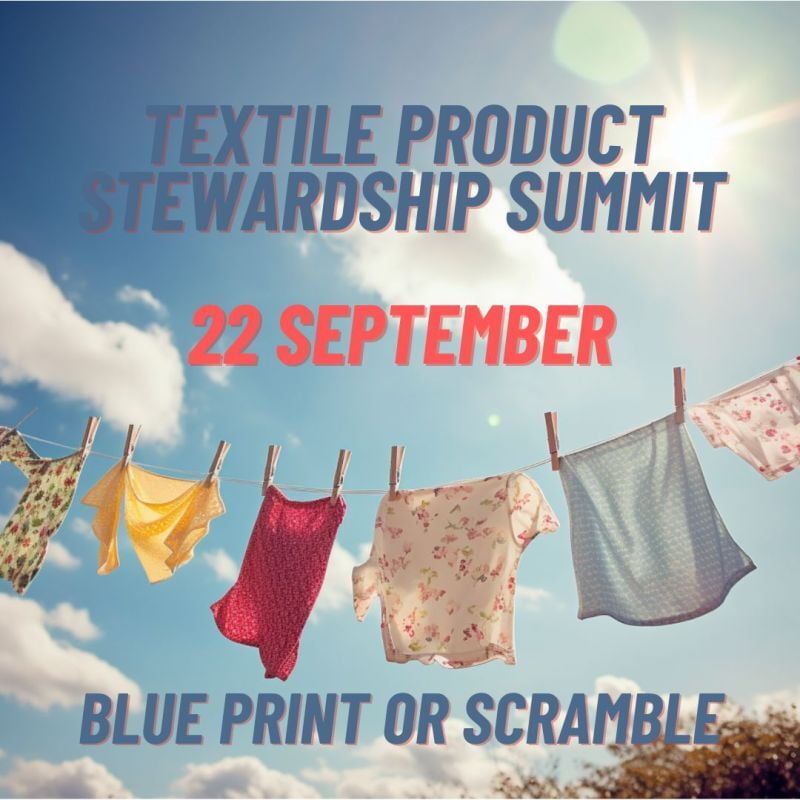With New Zealand Fashion Week happening this week, a group of waste and textile experts are calling on the industry to start the conversation about what to do with more than 220,000 tonnes of clothes and textiles thrown out in New Zealand each year.
WasteMINZ is hosting an online summit aimed at tackling textile waste next month, which will include speakers from the fashion and textile industries, the Associate Minister for the Environment, Auckland University and more.
Most New Zealanders are aware of fast fashion and the issue of not-made-to-last, barely worn clothing being bought and thrown into landfill, which is the main destination for end-of-life textiles in NZ. While the amount of clothing being bought continues to climb, the number of times a piece of clothing is worn conversely declines.
As a result, op shops are overwhelmed by the estimated 4,000 tonnes of clothing and textiles which often ends up being sent offshore to Pacific Island nations, especially Papua New Guinea. Approximately 50% of what is not sold in op shops or sent overseas is sent to landfill, due to low quality and condition.
Bernadette Casey, from the Textile Reuse Programme, said options for recycling textiles in New Zealand are limited, lack of onshore processing capability means the small amount of textiles that are re-processed are turned into other products, rather than being used to manufacture more clothing. Globally, only 1% of clothing is recycled back into clothing.
With the focus on fast fashion it may come as a surprise that this does not make up the majority of textile waste in Aotearoa.
"We've found in our research that a considerable amount of textile waste also comes from corporate uniforms, hotel linens and hospital linens,” Bernadette said.
New Zealand lags behind many other countries in trying to address the issue of textile waste, Bernadette said.
“Across the EU there is a zero textile to landfill by 2025 policy and a strategy for sustainable and circular textiles. Several European countries have extended producer schemes.
“Australia has launched a voluntary product stewardship scheme for fashion textiles, yet here in New Zealand there is no sign of a voluntary or regulated product stewardship scheme for textiles in sight, and this is something we need to address with urgency.
“We can’t continue to consume and discard clothing and textiles at the current rate and meet our waste and climate goals.”
Summit details:
The Product Stewardship Summit: blueprint or scramble for textiles in Aotearoa? is being held online on Friday 22 September.
The summit brings together brands, textile membership organisations and the resource recovery sector to challenge what a product stewardship scheme for all textiles might look like in NZ and how such a scheme can address the root causes of our textile waste issues.
The term blueprint or scramble was originally used in the energy sector. It refers to different pathways or scenarios to the circular future and advocates for a planned process to getting to a low waste, low emissions future.
Product Stewardship ensures the costs of waste get considered when design, production, distribution and use decisions are made. In this way, product stewardship schemes can contribute to both a reduction in waste and to better recovery of materials from the waste stream. Those who benefit from the product, fund the scheme and activities that may have otherwise been funded by society in general through rates or taxes.
More information can be found here:

